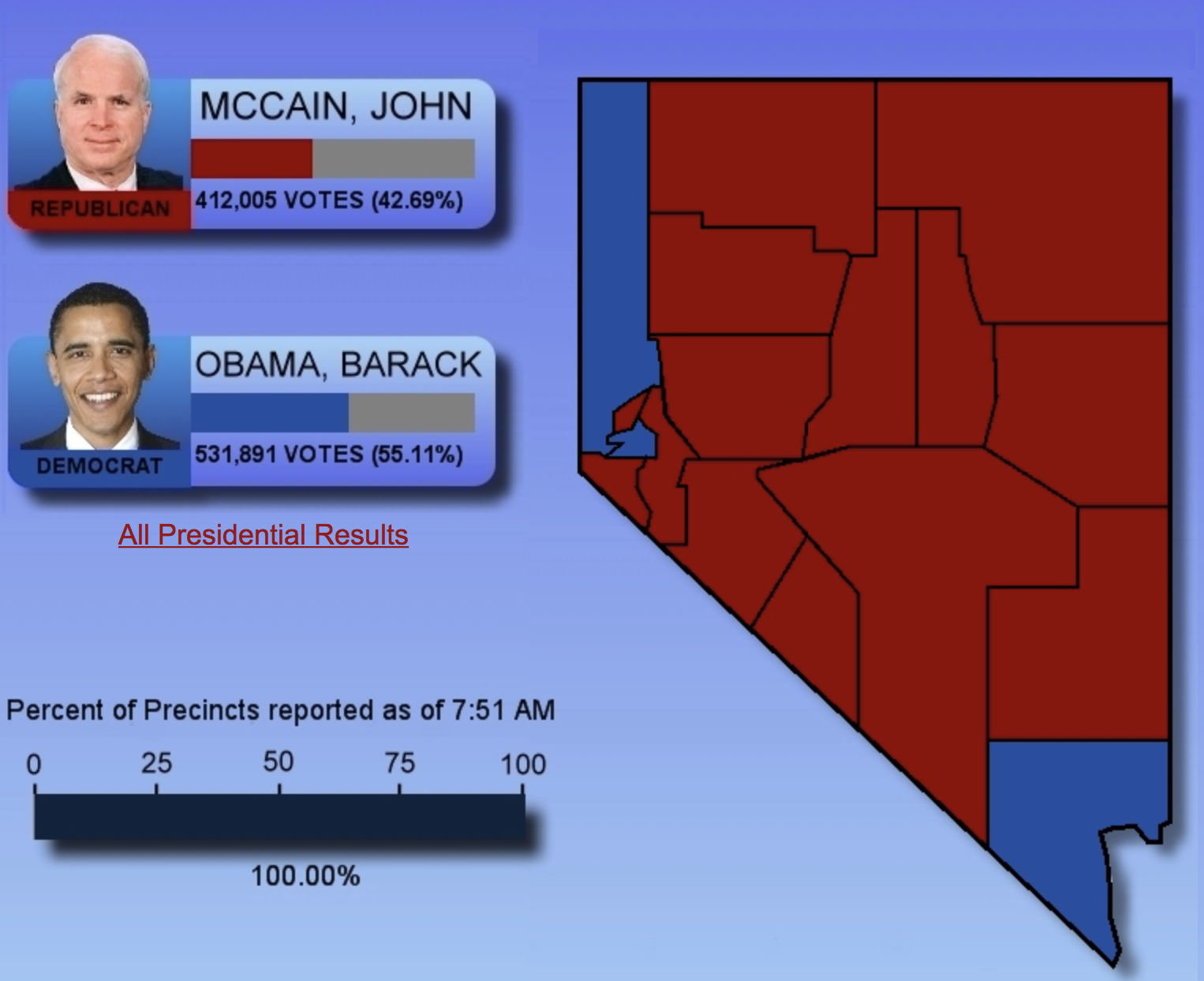
Members of the Walker River Paiute Tribe at the annual Numu Nanumudooe, "All Our Relatives," dinner in December 2015. Photo from WRPT / Facebook
#NativeVote16 – Nevada is a sea of red, while most of the voters are blue
Walker River Paiutes win in a caucus system
By Mark Trahant
TrahantReports.Com Let’s be clear about the Nevada Democratic Caucus next Saturday: It’s not democratic. The outcome of the caucus will be determined by a long list of rules ranging from geography to the number of people who voted in the last election. This is not a one-person, one-vote ballot. It will be more like a neighborhood jam session where someone from a community is elected a delegate to a county convention on April 2. Then at those meetings more delegates are elected to the state party’s convention. Then another vote selecting delegates to the Democratic National Convention in July. So it’s possible for a candidate to have a strong showing on “caucus day” and end up with fewer delegates than the other side. That’s exactly what happened eight years ago when Hillary Clinton won the Nevada caucus (with 51 percent of the vote) only to earn three fewer delegates than Barack Obama. “When the rules and ratios regarding delegate apportionment were designed for Nevada, the intent of legislators was to slightly favor smaller, more rural counties,” wrote Cory Warfield, who is the state party’s caucus director. “These counties will generally have a disproportionate number of delegates compared to larger counties.” And in rural Nevada, that means American Indian voters have a bit more say in the outcome. The Walker River Paiute Reservation is one winner in the caucus system.

Nevada is a sea of red, while more and more voters are blue. Final 2008 tally. Democrats will caucus on Saturday Feb. 20. Because of party rules, American Indians who participate in the Democratic Party caucus have extra voting power. Screen shot from Nevada Secretary of State
Most of the tribe’s membership lives near Schurz in Mineral County, roughly 1,200 people. In 2008 only 75 people attended the caucus yet under party rules that county’s vote counts more than 75 people in, say, Reno. This is a party description of the rule: “The results of the ratio formula will be rounded up at 0.5 or higher and rounded down below 0.5. Here’s an example of how it works: Mineral County has 1,089 registered Democrats, which falls under precinct apportionment category D: 1 delegate per 15 registered Democrats in each precinct. Precinct 1 in Mineral County has 124 Democrats, which is divided by 15 and rounded down to determine that the precinct receives 8 delegates.” To put that in plain English: Rural counties have extra voting power and that’s particularly important in counties where most of the non-Indians vote Republican. So if tribal members show up, they get to pick the winner in Mineral County. The party is explicit in this weighted vote toward rural voters. The same memo cites this example: Esmeralda County has 122 Democrats and 25 delegates, while Lincoln County has 711 Democrats and 71 delegates. Lincoln County has more more than five times the number of registered Democrats compared to Esmeralda County, but less than three times the number of delegates. There are 27 tribes in Nevada, and, unlike in most states, that includes tribal governments that are based both in rural and urban areas, such as Reno and Las Vegas. Nevada is becoming more and more a state that favors Democrats because of the population growth in urban areas — and the increasing diversity of the state. As I have written before: Nevada’s 4th Congressional District is almost 20 percent Native American. Both the Clinton and the Bernie Sanders campaign say they are organized across the state and in tribal communities. The Clinton campaign has been in Nevada for months and has had listening sessions across the state. But which side is more organized, both for the caucus, and for the delegate election process that follows? We won’t know the answer until summer. Mark Trahant is the Charles R. Johnson Endowed Professor of Journalism at the University of North Dakota. He is an independent journalist and a member of The Shoshone-Bannock Tribes. On Twitter @TrahantReports
Join the Conversation
